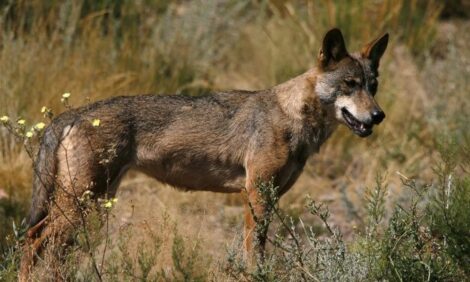



Timing and Testing Way Forward for Fluke Control
SCOTLAND - The cumulative effect of consecutive wet summers is resulting in a liver fluke problem that is spreading from its western strongholds.Traditionally confined to wet areas, the mud snails which host the fluke larvae, have been able to spread through increased stocking densitites and rainfall. The problem is not helped by flukicide resistance which was the message from Philip Skuce of Moredun Research institute near Edinburgh when he addressed the farmers of the Peebles area.
The collective of around 40 farmers was to come up with a suitable programme for fluke control on an example farm. On the site all sheep were given fluke treatment and blood tested for fluke which yielded positive. The challenege was knowing whether the fluke was from this year or the season before. The group will meet in February to discuss their control ideas.
The lifecycle of the parasite starts with eggs being deposited in livestock faeces which hatch on pasture to release a miracidium (larval stage). A mud snail host is then sought which then becomes infected.
Infectious fluke cysts are then deposited by the snails on grass, which is eaten, allowing for fluke to hatch in the intestine before migrating to the liver where they become established as egg laying adults, starting the cycle again. The cycle can take around six months.
Flukicidal products containing triclabendazole (TCBZ) are the most effective way of killing the majority of immature fluke and are therefore the most effective method of protecting stock in the autumn. It is however important to determine what stage of fluke is present in stock at risk and treat accordingly.
Alternatively you can
Move stock to higher ground
Put stock on stubble or brassica fields to reduce reinfection
House stock inside
Drench stock in the spring to attack adult fluke.
Fluke often goes undetected in cattle but is responsible for considerable sub-clinical disease and production loss. Dr Skuce also mentioned the recent emergence of rumen fluke in Scotland. This has been linked to flooding events and has been reported to cause disease and death in young stock, both sheep and cattle.
TheCattleSite News Desk









